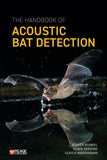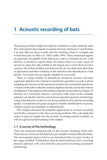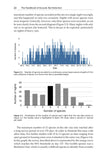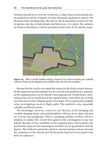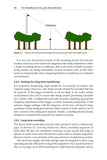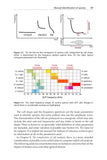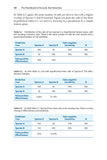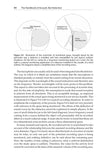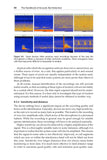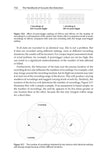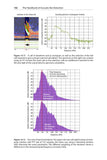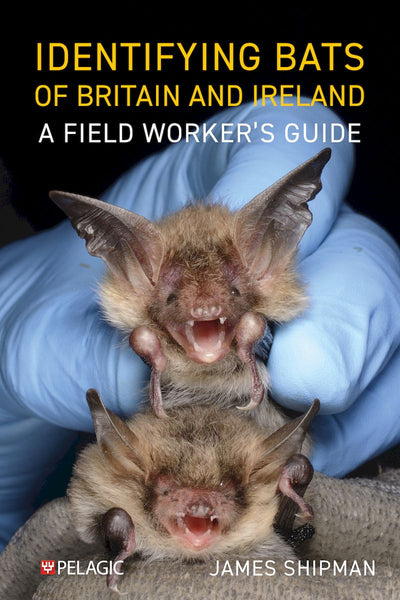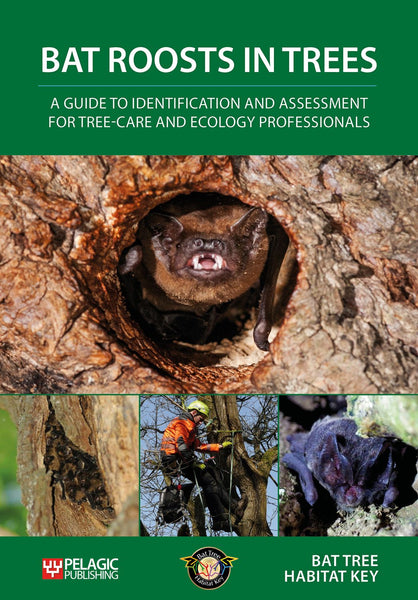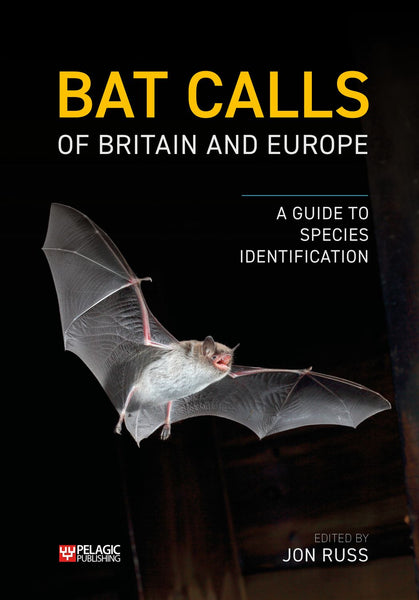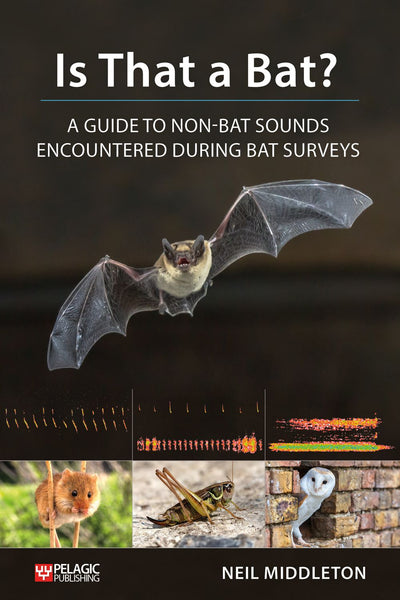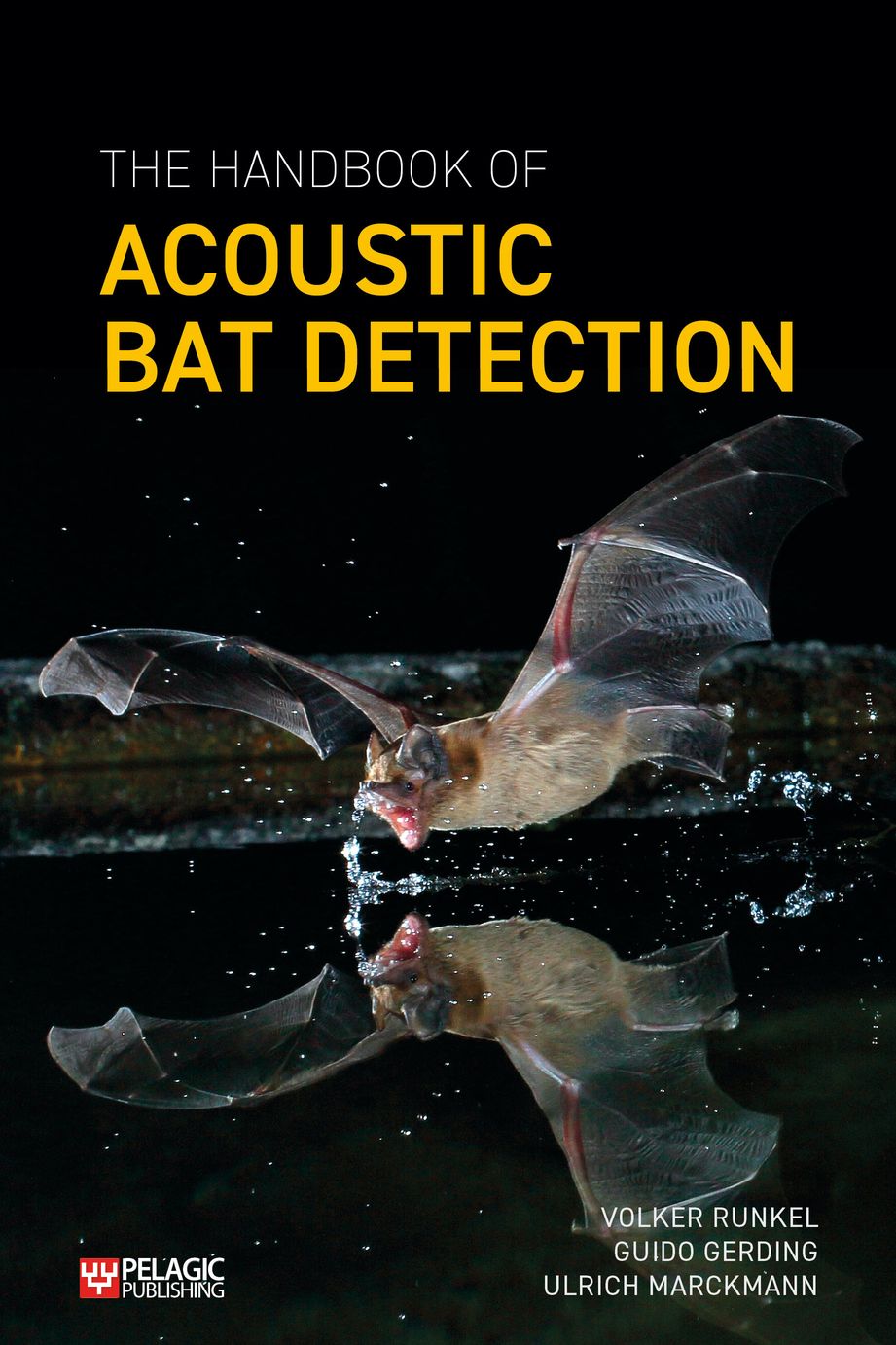
The Handbook of Acoustic Bat Detection
- Offers an in-depth understanding of acoustic detection principles
- Practical information on study planning, data handling, automation and manual identification
- Provides a deep understanding of bat sound
- Essential reading…beneficial for bat consultants and researchers anywhere and at all levels of experience.
—Neil Middleton, author of Social Calls of the Bats of Britain and Ireland, Is That a Bat? and The Effective Ecologist
- acoustic
- bat calls
- bat detecting
- bats
- chiroptera
- mammals
Description
An accessible and comprehensive guide to all things acoustic bat detection. This highly illustrated handbook provides an in-depth understanding of acoustic detection principles, study planning, data handling, properties of bat calls, manual identification of species, automatic species recognition, analysis of results, quality assurance and the background physics of sound.
No other method of detecting bats is so popular and widespread in the context of environmental assessment and voluntary work as acoustic detection, and its increased use has driven the development of a large number of sophisticated devices and analytical methods. Acoustic detection has become a standard approach for establishing the presence of bats, carrying out species identification and monitoring levels of activity. The resolution, accuracy and scale with which these tasks can be done has risen dramatically with the availability of automated real-time recording.
But anyone interested in acoustic recording will quickly recognise that there are still quite a few open questions about the limits and possibilities of acoustic detection. Clear definitions of how to handle the data are usually missing, for example, and there are no clearly described activity indices. In response to the lack of thorough information on the underlying science of acoustic detection, the authors present this handbook.
Translated from the German by Iain Macmillan.
DOI:https://doi.org/10.53061/XDDW7329
Readership
This book is written for ecologists and researchers who are recording bat sound for analysis.Table of Contents
1 - Acoustic recording
2 - Examples of acoustic studies
3 - The planning of acoustic studies
4 - Manual and automatic acoustic recording
5 - Manual identification of species
6 - Automatic species recognition
7 - A comparison of identification methods
8 - The complexities of call analysis
9 - Criteria for detector systems
10 - Interpretation of the results
11 - Quality assurance of reports
12 - Nacelle monitoring – its benefits and its limitations
13 - Bat calls
14 - The physics of sound
Reviews
- Acoustic detection has become a standard method for determining the presence of bats, and for species identification and monitoring. The resolution, accuracy and scale with which these surveys can be carried out has risen dramatically with the availability of automated real-time recording. Acoustic monitoring does have its limitations, however, and The Handbook of Acoustic Bat Detection addresses these by providing an in-depth understanding of the properties of bat calls, manual species identification, analysis of results and the background physics of sound. First published in German in 2018, this English translation includes new content that was not included in the original.
—Conservation Land Management - Essential reading…beneficial for bat consultants and researchers anywhere and at all levels of experience.
—Neil Middleton, author of Social Calls of the Bats of Britain and Ireland, Is That a Bat? and The Effective Ecologist - This well-written and ably translated volume presents a thorough but accessible compendium on a timely subject. Runkel et al. give excellent coverage of highly technical systems applied to the biology of the animals. They explain methods with direct application to large-scale industrial developments, but never lose sight of the fundamental importance of the experienced observer who understands the animals and the environment.
—Winston C. Lancaster, The Quarterly Review of Biology
About the Author
The authors have had many years of experience with acoustic recording and the development of hardware and software for the recording and analysis of bat calls.
Bibliographic Information
 216 pages
216 pages - 97 colour and b/w figures
- 9 tables
- BISAC SCI070030, NAT019000, NAT011000, SCI020000
- BIC PSVS, RNC, RNKH, PSVW7, WNCF






